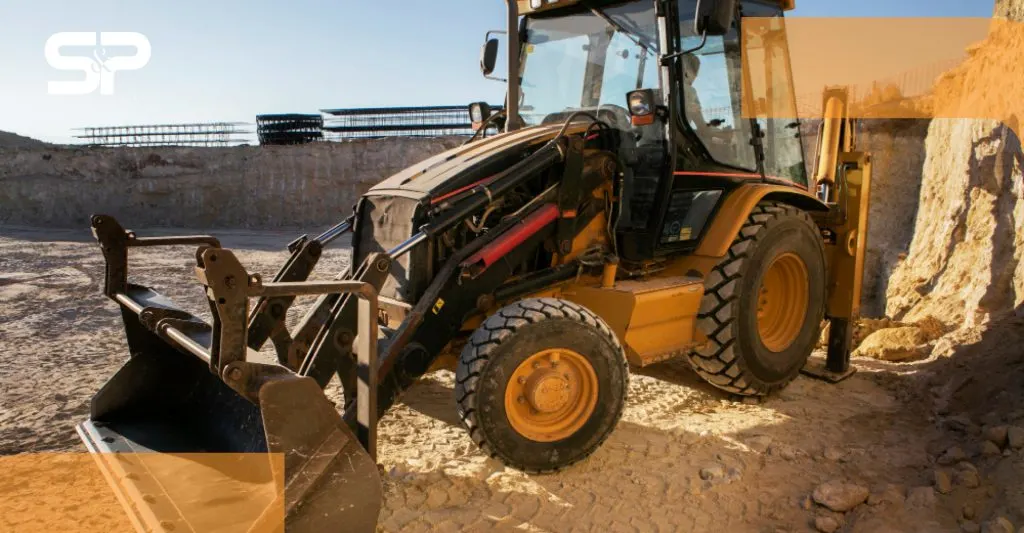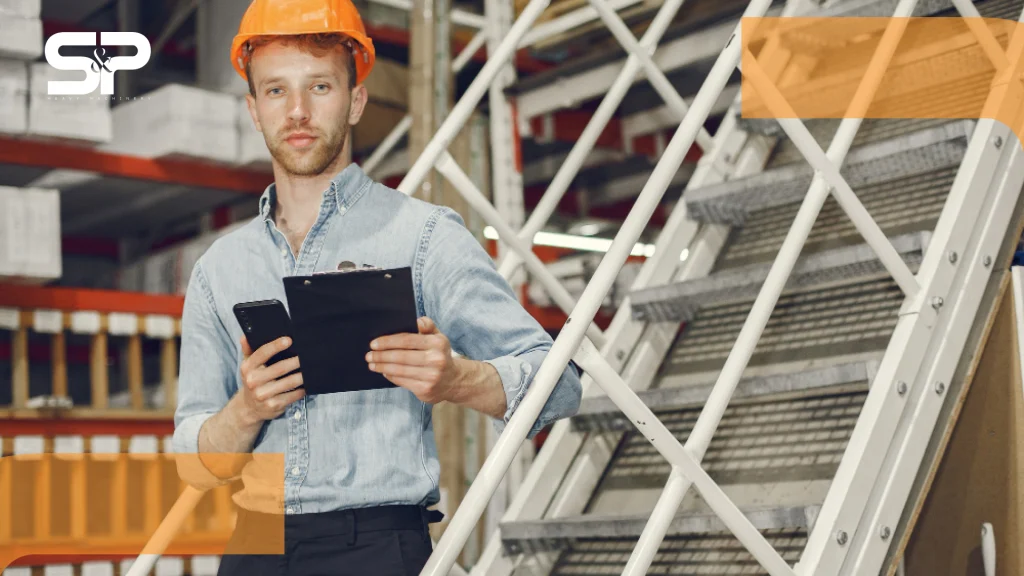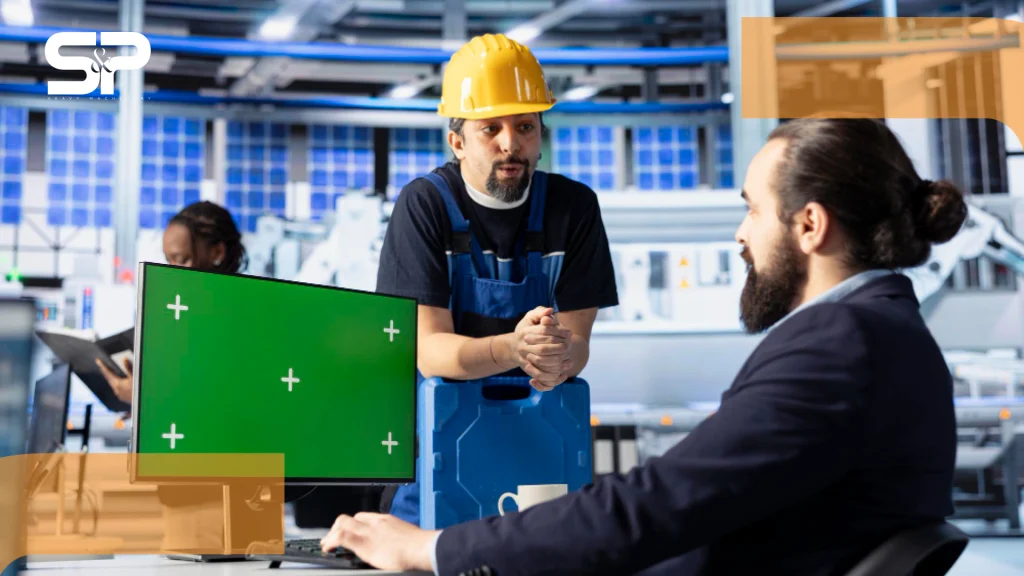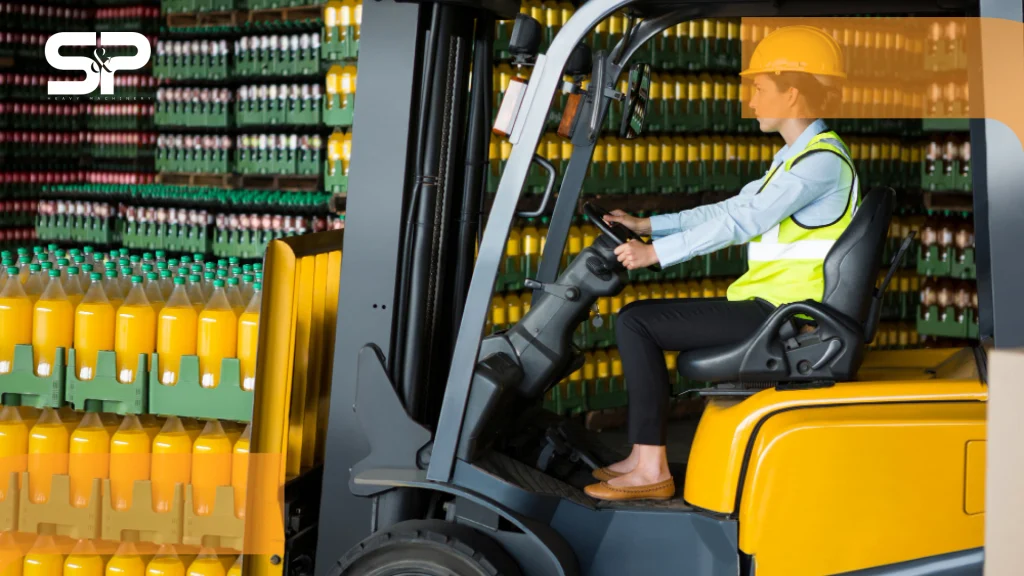You’ve seen the machines. You’ve heard them roar. Now it’s time to discover what heavy construction equipment does, and why no site can function without it.
Introduction
Construction isn’t just about bricks and blueprints. It begins with machines, giant, powerful machines. These are known as heavy construction equipment, and they’re essential to every major building project.
They dig the first hole. They move the heaviest loads. And they help complete the job safely, quickly, and efficiently.
In this guide, you’ll learn about the most common heavy equipment used in construction, what each one does, and how it fits into the bigger picture of getting the job done right.
Brief Overview of the Importance of Heavy Construction Equipment
These machines do more than just assist; they lead the way. From the moment work begins on a bare piece of land, heavy construction equipment takes over. It clears, lifts, digs, and hauls, making complex work faster and more manageable.
Without these machines, modern construction as we know it wouldn’t be possible.
How the Right Equipment Impacts Project Efficiency and Safety
Using the right machine for each task is smart as well as critical. It improves speed, cuts costs, and reduces risks for workers on-site. A well-selected piece of equipment can prevent accidents and ensure smoother workflows.
Now, let’s dive into the categories of machines that play these vital roles, starting with the ones that shape the land itself.
Earthmoving Equipment
Before construction begins, the site needs preparation. This is where earthmoving equipment comes in. These machines handle the dirt, rocks, and ground shaping.
Excavators
Excavators are the go-to machines for digging deep and moving heavy loads. Their long arm and rotating cab make them ideal for trenches, foundations, and even demolition work.
They’re one of the first machines to arrive on a project, and one of the last to leave.
Bulldozers
Once the digging is done, bulldozers take over. Their massive blades push debris, soil, or rubble into place. They help level the ground and clear paths for other equipment.
Their strength and grip make them perfect for rough terrain or steep slopes.
Backhoe Loaders
Backhoes are the multitaskers of the site. With a loader in the front and a digging arm in the back, they can dig, move, and backfill, all with one machine.
They’re especially useful in tighter spaces or urban projects where you need versatility without the size.
Skid-Steer Loaders
Skid-steers are compact, quick, and surprisingly strong. Their small size lets them work in tight spaces, while attachments let them tackle many tasks, from grading to trenching.
They bridge the gap between earthmoving and material handling machines.
Motor Graders
Once the land is moved and shaped, motor graders come in to smooth it out. They create even surfaces, shape slopes, and prepare the ground for paving.
They’re essential for precision work, especially in road projects.
Now that the land is shaped and ready, it’s time to move the materials that will build on it.
Material Handling Equipment
Construction sites are constantly in motion, especially when it comes to materials. These machines lift, carry, and place materials exactly where they’re needed.
Cranes
Cranes are the giants of lifting. From placing steel beams on high-rise buildings to moving massive concrete slabs, cranes handle the heavy loads no one else can.
Different types, like tower, mobile, and crawler cranes, work in various conditions, ensuring materials go exactly where they need to go.
Forklifts
Forklifts handle smaller, repetitive tasks. They’re built for speed and precision, moving materials stacked on pallets in and out of storage areas, trucks, or supply zones.
They may not reach high, but they’re efficient, especially in tight indoor areas.
Telehandlers
Telehandlers combine the height of a crane with the function of a forklift. Their extendable boom helps reach high or awkward spaces.
They work great on multi-story projects and handle everything from pallets to platforms with ease.
Now that materials can be lifted and placed, how do you get them to and from the site? That’s where construction vehicles come in.
Construction Vehicles
Every site needs movement, and construction vehicles keep that movement going. They transport tools, waste, raw materials, and even other machines.
Dump Trucks
Dump trucks haul loads like gravel, dirt, and debris across the job site. Their hydraulic beds tilt, unloading quickly and saving time.
Whether it’s clearing a site or delivering fresh fill, dump trucks are always on the move.
Concrete Mixers
Timing is everything with concrete. These trucks keep the mix turning so it stays usable until it reaches the pour site.
They’re key to foundations, driveways, and structural pours, helping the team avoid delays or wasted materials.
Tippers & Trailers
Tippers dump material by lifting the rear tray, while trailers haul everything from steel beams to heavy construction equipment itself.
They make transport smoother and support all other machines on-site.
Once the foundation is laid and materials are in place, it’s time to build roads and smooth the surface. Here’s how.
Road Construction Equipment
From highways to parking lots, smooth roads require specialized tools. These machines shape, lay, and compress asphalt and other surface materials.
Pavers
Pavers lay hot asphalt in smooth, even layers. They follow behind dump trucks and prepare roads for finishing.
They’re the foundation of any road-building crew, laying the surface before compaction begins.
Rollers/Compactors
Once asphalt or soil is placed, rollers press it down. This makes it strong enough to support traffic or buildings.
Smooth rollers work for asphalt, while padfoot rollers help with soil and gravel.
Cold Planers/Milling Machines
When roads wear out, cold planers remove the old surface. They grind pavement into reusable material, making way for a fresh, strong layer.
They’re essential for maintenance, resurfacing, and sustainable construction practices.
Choosing the right road-building machine is important, but so is choosing the right equipment overall. Here’s how to decide.
Factors to Consider When Choosing Equipment
Not every machine fits every job. The right decision depends on your project’s needs.
Project Type and Scale
Larger jobs need larger machines. Smaller projects benefit from compact, multipurpose equipment. Match your equipment to the task at hand.
Terrain and Job Site Conditions
Hilly or muddy sites require machines with tracks for better grip. Flat, open spaces allow for wheeled machines that move faster.
Look at your site conditions before selecting any equipment.
Budget and Machine Versatility
Costs add up quickly. Focus on machines that can do more than one job. Renting is also a smart choice for short-term or seasonal needs.
Versatile machines help you do more with less.
Maintenance and Operator Skill
A great machine won’t help if no one can use it. Choose equipment that your crew can operate safely and maintain easily.
Operator training and routine servicing keep machines and projects running smoothly.
Conclusion
Heavy construction equipment powers the world we build. From the first dig to the final layer of asphalt, every machine plays a role.
By understanding this list of heavy construction equipment, you make smarter choices for your project. Whether you’re shaping land, lifting materials, or paving roads, the right tools improve safety, speed, and quality.
Construction is tough, but the right equipment makes it possible.
Ready to build smarter? SP Heavy Rental provides the best heavy machinery for construction—let your project rise with confidence.
FAQs:
What kinds of heavy machinery are used in construction?
There are practically dozens of classifications, such as landscaping and handling of materials. Particular machinery, including crushers, loaders, excavators, and concrete pavers. These are all based on their functionality.
What makes an excavator different from a backhoe?
Digging is the main job of an excavator. It has a cab and a boom that can turn. A backhoe is a type of tractor that has a loader bucket in its front part and a shorter digging arm in its back part.
Are there several kinds of cranes that are utilized in construction projects?
Movable cranes, towering cranes for tall buildings, crawler cranes for large lifts on soft surfaces, and overhead cranes are all frequent varieties.
How can I select the right heavy machinery for my job?
To make sure the equipment can do the job, consider how much weight it can lift, how deep it can dig, and how easy it is to get to the site. Check what kind of terrain it will be on, and how long the project will take and cost.




